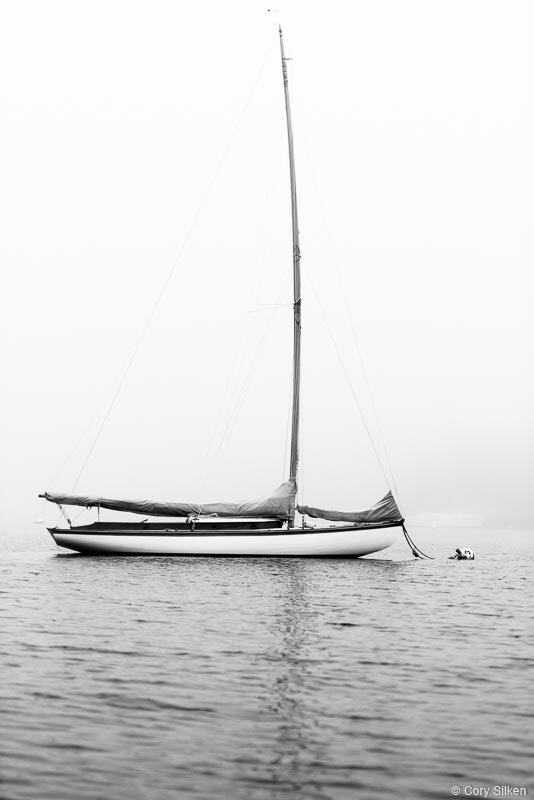Writer looking for advice
New member
Hello - I am working on a story involving yachting and hoping to get some feedback on the viability of a scene involving an accident that takes place on a yacht to ensure it is believable – if anyone here is able to assist, I’d greatly appreciate hearing from you!
The story opens in an American University in the 1950's and two of the main characters are in the yachting team sailing match racing events with a 4-6 person crew. Part of the story involves one of main characters altering the others yacht in an effort to sabotage their race. Following the act of sabotage, the boom should come loose and strike one of the sailors in the head and knock them off the yacht. At the moment I am looking at saying the boom brake is the section of the boat the saboteur compromises, but not sure boom brakes were fitted to yachts in the 1950’s or if this would be a realistic accident? Another scenario I have been looking at is having the character cut parts of the main line so that when under pressure from the wind, the line will snap causing the boom to swing and strike the other sailor, but ideally would like to involve something that can be removed from the boat (like a boom brake) to serve as evidence later in the story.
If anyone can assist provide feedback on how realistic the above scenarios are, or advise on other components of the mast/yacht I should look into I would greatly appreciate it. Thanks!
The story opens in an American University in the 1950's and two of the main characters are in the yachting team sailing match racing events with a 4-6 person crew. Part of the story involves one of main characters altering the others yacht in an effort to sabotage their race. Following the act of sabotage, the boom should come loose and strike one of the sailors in the head and knock them off the yacht. At the moment I am looking at saying the boom brake is the section of the boat the saboteur compromises, but not sure boom brakes were fitted to yachts in the 1950’s or if this would be a realistic accident? Another scenario I have been looking at is having the character cut parts of the main line so that when under pressure from the wind, the line will snap causing the boom to swing and strike the other sailor, but ideally would like to involve something that can be removed from the boat (like a boom brake) to serve as evidence later in the story.
If anyone can assist provide feedback on how realistic the above scenarios are, or advise on other components of the mast/yacht I should look into I would greatly appreciate it. Thanks!

